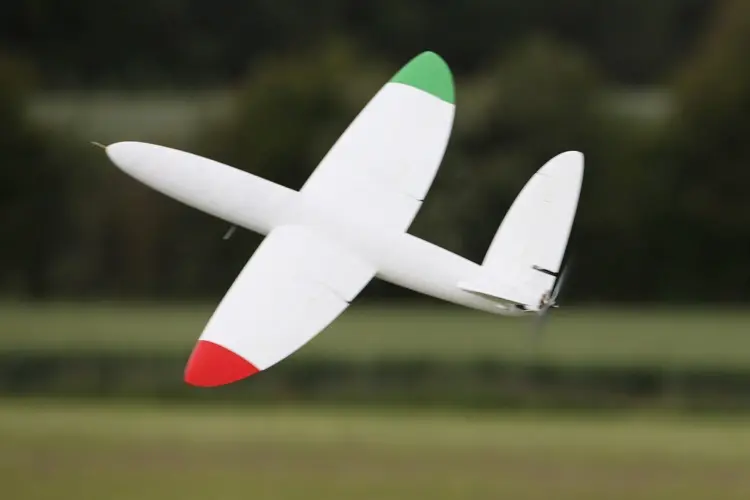
Our Platforms
Sulsa
Southampton University Laser Sintered Aircraft
Sulsa (Southampton University Laser Sintered Aircraft) was designed in 2011 and was the World's first fully 3D printed aircraft. The design consisted of 5 parts: the main fuselage including the V-tail section, the port wing, starboard wing, the nose-cone and the avionics tray. The control surfaces and hinges were printed as fully functional components out of the print-bed.
The design utilised the benefits of additive manufacturing, for example, using a geodesic pattern (similar to that seen on the Vickers Wellington bomber) to stiffen the skin: a design technique that is very expensive and complex when manufactured using conventional methods.
In 2015 Sulsa took to the world stage again with a heavily publicised first flight off the Royal Navy's HMS Mersey near Chesil beach in Dorset. The flight lasted around two and a half minutes consisting of the automated launch off the bow of HMS Mersey, a waypoint navigated route and then a hand-over to manual control for landing on the beach. This flight and project, known as project Triangle, was part of the preparation towards Sulsa's excursion to Antarctica.
Following the launch from HMS Mersey, Sulsa took part in project Albatross: a 5 week excursions to Antarctica on-board HMS Protector, a Royal Navy icebreaker. The aim of this project was to provide the ship with information on surrounding sea ice and a means to assess the airframe and system's performance in harsh Antarctic conditions.


